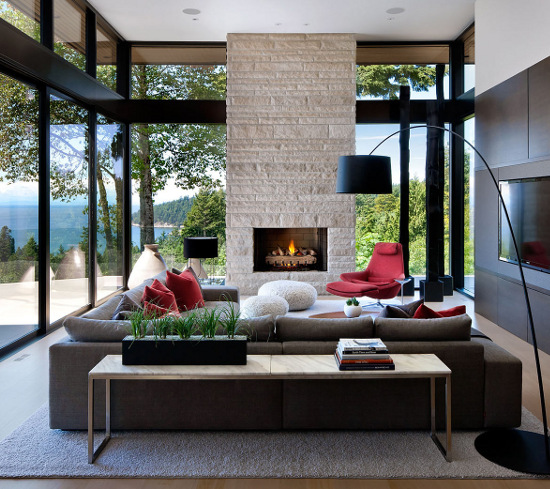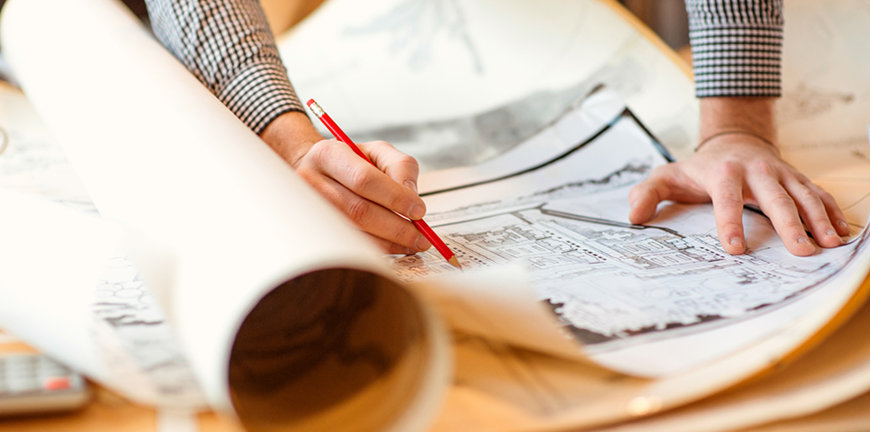Professional Approach To The Project
Interior designer implies that there is more of an emphasis on planning, functional design and the effective use of space, as compared to interior decorating.
Interior design is “the art or process of designing the interior”, often including the exterior, of a room or building. An interior designer is someone who coordinates and manages such projects. Interior design is a multifaceted profession that includes conceptual development, communicating with the stakeholders of a project and the management and execution of the design.Interior design is the process of shaping the experience of interior space, through the manipulation of special volume as well as surface treatment.
Interior design is the art and science of understanding people’s behavior to create functional spaces within a building. Decoration is the furnishing or adorning of a space with decorative elements, sometimes complemented by advice and practical assistance. In short, interior designers may decorate, but decorators do not design.

An interior designer in fine line design can undertake projects that include arranging the basic layout of spaces within a building as well as projects that require an understanding of technical issues such as window and door positioning, acoustics, and lighting. Although an interior designer may create the layout of a space, they may not alter load-bearing walls without having their designs stamped for approval by a structural engineer. Interior designers often work directly with architects, engineers and contractors.
Interior designers must be highly skilled in order to create interior environments that are functional, safe, and adhere to building codes, regulations and ADA requirements. They go beyond the selection of color palettes and furnishings and apply their knowledge to the development of construction documents, occupancy loads, healthcare regulations and sustainable design principles, as well as the management and coordination of professional services including mechanical, electrical, plumbing, and life safety—all to ensure that people can live, learn or work in an innocuous environment that is also aesthetically pleasing.
Someone may wish to specialize and develop technical knowledge specific to one area or type of interior design, such as residential design, commercial design, hospitality design, healthcare design, universal design, exhibition design, furniture design, and spatial branding. Interior design is a creative profession that is relatively new, constantly evolving, and often confusing to the public. It is not an artistic pursuit and relies on research from many fields to provide a well-trained understanding of how people are influenced by their environments.

